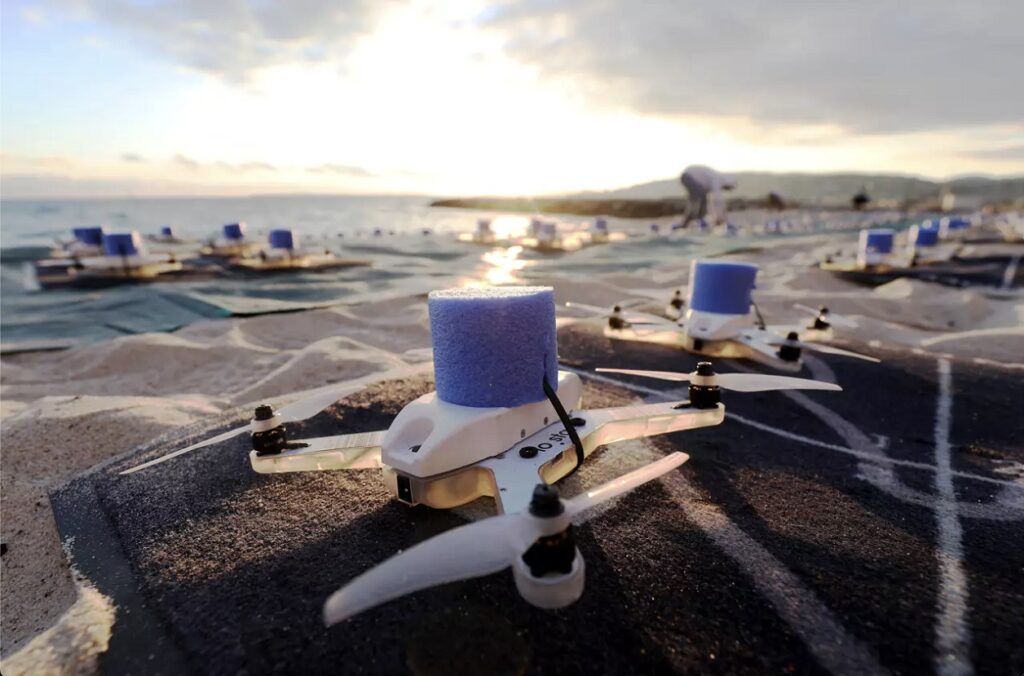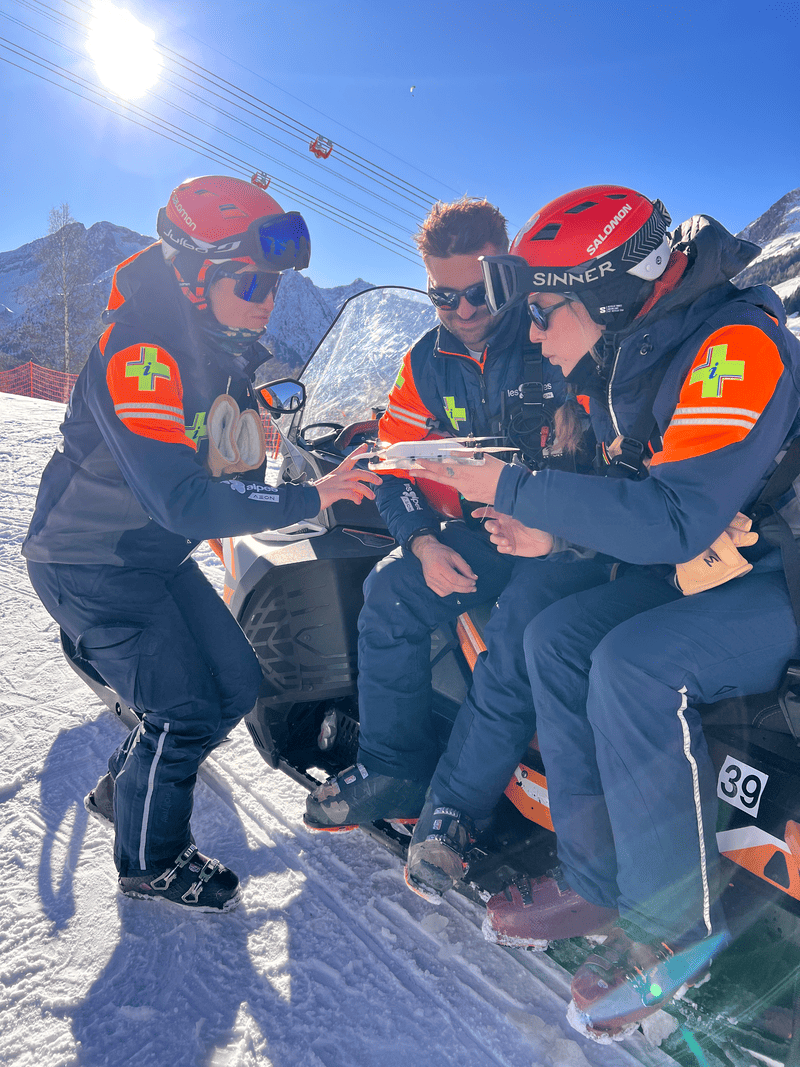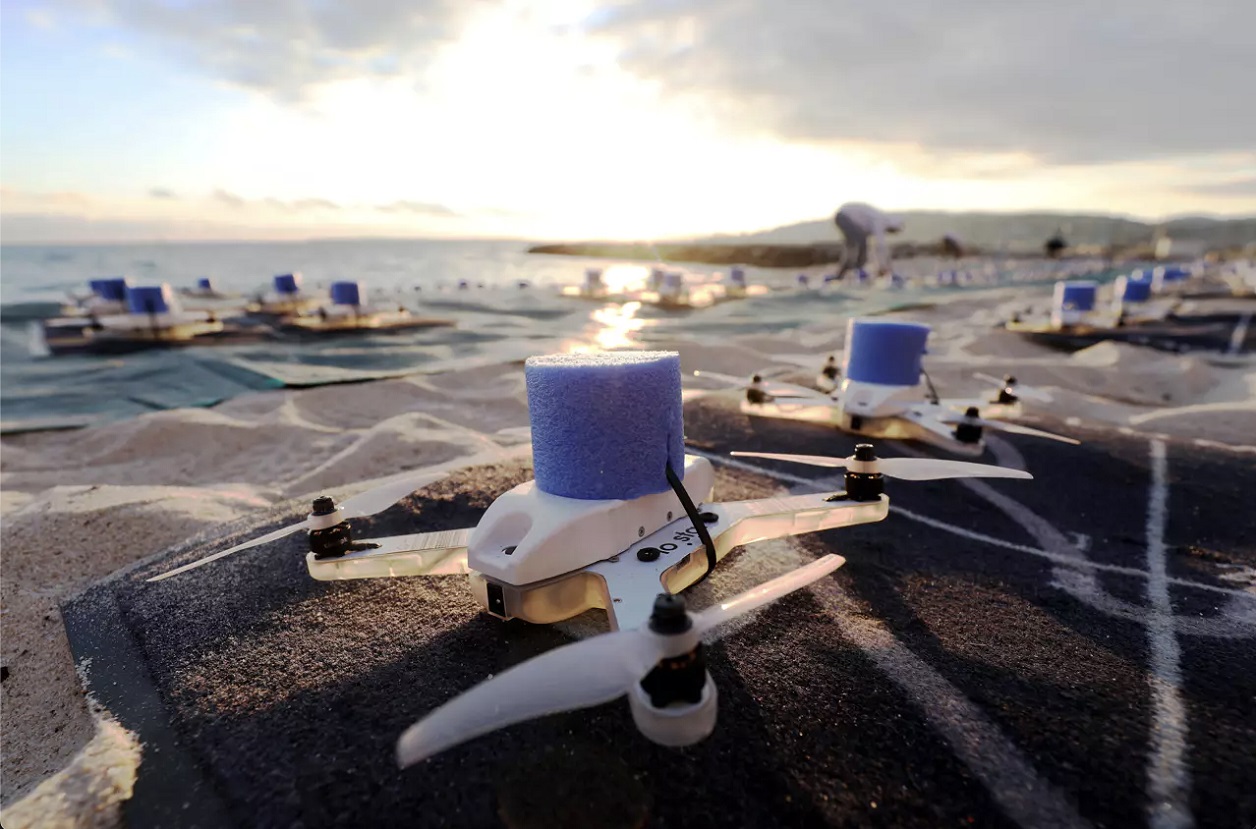Drone authorization: what steps must a compliant company follow?

The world of entertainment is evolving. Immersive technologies are becoming a vector of fascination and differentiation. For a company, every drone flight tells a story. But before the sky lights up, there's an essential legal requirement to meet: get the right permitsIn France and abroad, drone regulations strictly regulate the professional use of these devices. This requirement doesn't limit creativity; it structures it. It also guarantees a safe environment for both spectators and operators.
Authorizations required to fly a drone in France
The French regulatory framework is based on European Regulation 2019/947, supplemented by national provisions. The French Civil Aviation Authority (DGAC) oversees flights for professional use. A company wishing to fly drones for events or artistic purposes must therefore follow a series of mandatory procedures. The objective is clear: regulate the flight for protect people and property.
Simply owning a drone isn't enough. The company must register its activity as an operator on the AlphaTango platform. Registration of each drone used is also mandatory. This process issues a unique UAS number that identifies the aircraft during inspections.
The remote pilot, for his part, must hold a certificate of competence, issued after theoretical and practical training. This certificate attests to his ability to operate a flight in the various scenario categories. Finally, civil liability insurance covering professional flights is essential to protect both the company and the public.
As part of a light drone show, this rigorous organization guarantees the security of the event and legal compliance. In addition, this regulation reinforces the reliability perceived by organizers wishing to integrate an innovative and immersive service.
Mandatory documents to provide
To fly legally, each company must compile a rigorous administrative file. This includes the drone registration certificate, the business declaration, the remote pilot certificate, and proof of insurance. These documents may be requested at any time, particularly during an inspection in a public or urban area.
Even if it weighs less than 250g, a drone must be declared if it is equipped with a sensor or used for professional purposes. Failure to comply with these requirements can result in fines or even a temporary flight ban. Rigorous anticipation helps avoid any interruption in the preparation of the show. In order to ensure cost control, it is recommended to consult the details of the drone show price before filing a case.
This allows administrative procedures to be adjusted according to the chosen configuration and the available budget.
Practical advice: Create a centralized digital file
To avoid any oversights or delays, it is advisable to create a digital file containing all the required documents: certificates, registrations, insurance, and local authorizations. This file, easily accessible internally, allows for maximum responsiveness in the event of an inspection or last-minute logistical issues. It also facilitates the reuse of supporting documents during future shows in France.

Authorized professional flight scenarios
In France, drone flights are divided into three main categories: open, specific, and certified. The open category concerns low-risk flights, often outside built-up areas and far from people. For shows in urban areas, the company must refer to scenario S3, which governs flights in populated areas. This scenario is the most common for public events.
It imposes a maximum altitude of 150 meters, a safe distance from spectators, and appropriate safety devices. This includes emergency parachutes, light beacons, and a return-to-takeoff system in case of signal loss. These measures ensure safety without restricting the visual impact of the show.
Recommended safety equipment for flying in populated areas
| Type of equipment | Main utility | Obligation |
|---|---|---|
| Parachute | Slowing the fall in the event of a breakdown | Yes for flight S3 |
| Light beacon | Drone reporting at night | Mandatory for night flights |
| RTH system | Automatic return to starting point | Highly recommended |
| Electronic identification | Remote device tracking | Mandatory since 2021 |
| Propeller protection | Reducing the risk of injury | Recommended in public spaces |
What specific procedures are required for artistic or audiovisual events?
The artistic world imposes specific constraints. A film shoot or performance involving an audience, lighting, or an urban environment must comply with stricter regulations. In France, it is imperative to file a prior declaration with the prefecture, especially if the event takes place on a public highway.
You must also obtain approval from the town hall and submit a safety report. This takes into account the venue, the number of spectators, the risks associated with the flight, and the emergency arrangements. When a show involves several drones, an in-depth analysis of their collective behavior becomes necessary. Every technical detail influences the final authorization.
The impact of location, audience and number of drones
The type of show modifies regulatory requirements. If the venue is isolated, with no audience, the procedures will be simpler. However, in the case of a nighttime show with several hundred drones, the level of requirements increases. The number of drones directly impacts the flight classification, and therefore the type of permits required.
Flights with drones weighing more than 250g require stricter declaration requirements. The use of LED lights also requires adjustments that comply with aeronautical standards. A well-designed project anticipate these variables from the creation phase, to avoid unpleasant surprises.
How Allumee anticipates and manages drone authorizations for its light shows
Allumee designs each show as a living work, where technology enhances the imagination. But behind this visual poetry lies a methodical organization. Since its inception, the company has built regulatory expertise that structures all of its projects. From the design phase, a dedicated team identifies legal requirements based on the venue, the expected audience, and the number of drones involved. This upstream work avoids unforeseen events and secures artistic feasibility.
In France, Allumee collaborates closely with the DGAC (French Civil Aviation Authority) and the prefectures. Each flight is declared via AlphaTango, and each performance area is analyzed to anticipate the necessary authorizations. For large-scale events, the team adjusts the drones' technical characteristics (weight, altitude, signaling) to remain within authorized limits. Regulation becomes a lever for precision.
This rigor doesn't stifle creativity. It supports it. Allumee offers tailor-made, hybrid, or signature formats that adapt to its clients' expectations while ensuring a high level of compliance. The goal remains the same: to amaze without compromising on safety or ethics. Respecting the rules becomes a sign of seriousness, a factor of trust, and a driver of continuous innovation.
Heaven is earned
Creating a light show with drones is about capturing attention, stirring emotion, and etching a moment into the collective memory. But this requires rigorous adherence to applicable regulations. For a company like Allumee, this compliance isn't simply a requirement. It's a promise of quality, safety and artistic excellence.
Administrative procedures are numerous, but they pave the way for exceptional performance. By integrating them from the beginning, each project takes on a professional, seamless, and inspiring dimension. The sky belongs to those who prepare their dreams methodically.





